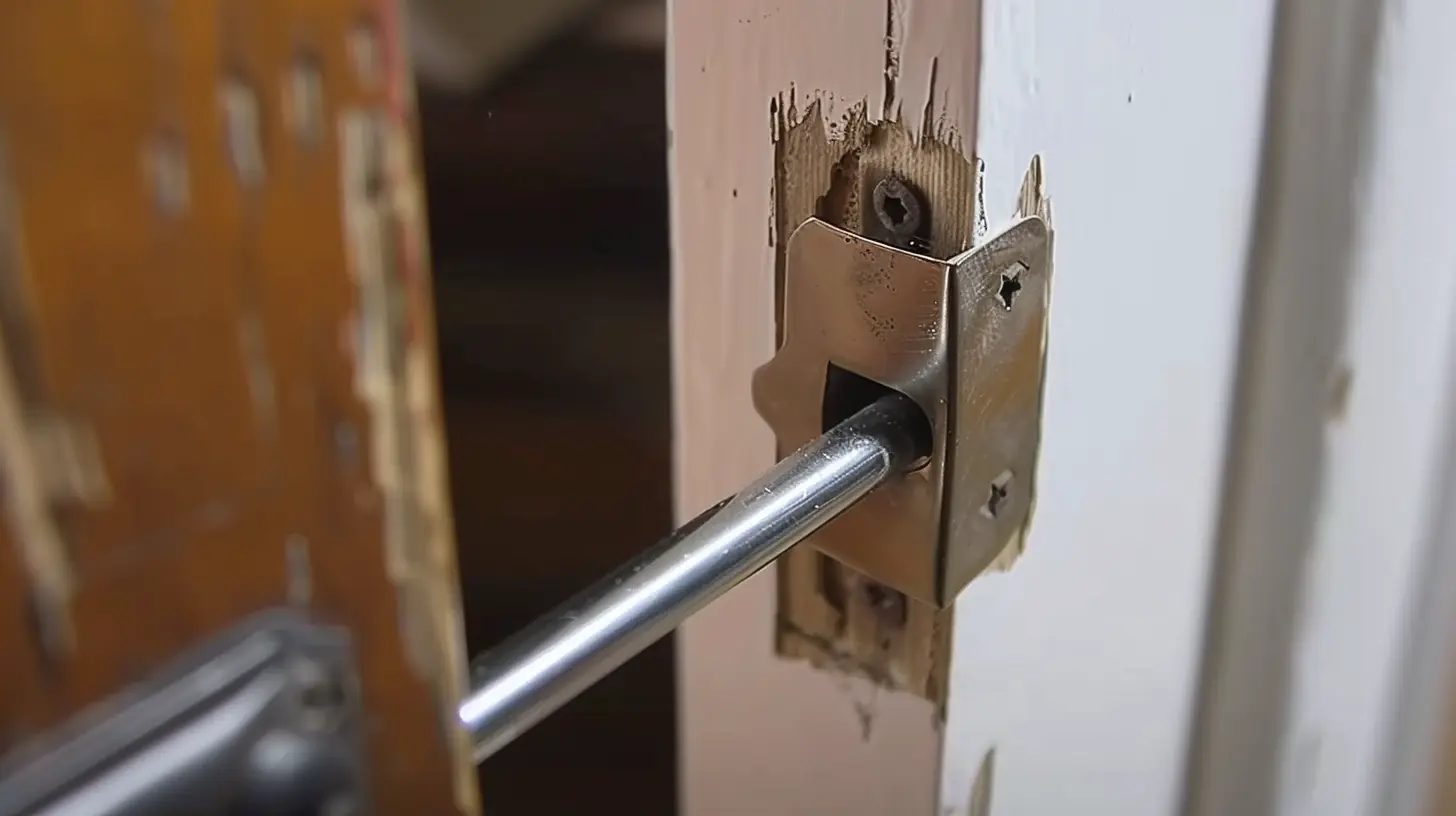Screen Door Replacements are valuable for any home, providing ventilation while keeping out insects, dirt, and debris. Over time, screen doors can wear down, tear, or become damaged, leading to the need for a screen door replacement. This guide will walk you through everything you need to know about replacing a screen door, from choosing the right type of door to installation and maintenance tips.
Why Do You Need a Screen Door Replacement?
A screen door replacement becomes necessary for several reasons. Whether it’s due to wear and tear, storm damage, or a simple desire for an upgrade, understanding when and why you need to replace your screen door can help you make informed decisions.
1. Physical Damage to the Screen
Screen doors are often exposed to harsh weather conditions, including rain, wind, and UV rays, which can cause the screen fabric to weaken and tear. Additionally, pets, children, or accidents can lead to physical damage, such as holes or rips. Once the screen is damaged, it becomes less effective at keeping bugs and debris out, signaling that a screen door replacement is needed.
2. Frame Issues
The frame of the screen door can also degrade over time. Rust, rot, or bending in the frame can make the door difficult to open and close properly. A warped frame can also cause gaps between the door and the doorframe, allowing insects to enter. In such cases, a screen door replacement may be the best option.
3. Aesthetic Changes
Sometimes, the need for a screen door replacement is more about improving the look of your home than fixing functional problems. Over time, the door may lose its charm or style, and homeowners may want to update it to match their home’s décor or improve its curb appeal.
4. Energy Efficiency
Older screen doors may not have the energy-efficient features of newer models. If you find that your door is letting in drafts or allowing air to escape, a replacement may be necessary to improve the insulation of your home.
Choosing the Right Screen Door for Replacement
When it’s time for a screen door replacement, choosing the right door for your home is crucial. There are several options available, and the decision depends on your needs, preferences, and budget. Here’s what to consider:
1. Material Options
Screen doors come in various materials, each with its benefits. Common materials include:
- Aluminum: Durable, lightweight, and resistant to rust, aluminum frames are a popular choice for screen doors.
- Wood: Wood-framed doors provide a classic, elegant look, ideal for traditional homes.
- Fiberglass: Known for being strong and resistant to weathering, fiberglass doors are perfect for homes in extreme climates.
- Steel: Steel frames offer excellent security and durability, but they can be heavier than aluminum or wood options.
2. Screen Mesh Type
The mesh of the screen door is just as important as the frame. Different mesh types include:
- Fiberglass Mesh: Flexible and resistant to UV damage, fiberglass mesh is the most common material used for screen doors.
- Aluminum Mesh: Durable and corrosion-resistant, aluminum mesh is a great option for high-traffic areas or homes with pets.
- Pet-Resistant Mesh: If you have pets, pet-resistant mesh can be an excellent choice. It’s designed to withstand scratching and tearing from claws.
3. Design Features
Screen doors come in various designs, including:
- Hinged Doors: These are traditional screen doors that swing open.
- Sliding Screen Doors: Ideal for patio doors or tight spaces, sliding doors are a space-efficient option.
- Retractable Screen Doors: These are a modern and sleek option that can be pulled out when needed and retracted when not in use.
4. Security Features
If security is a concern, some screen door replacement options come with built-in security features. Look for doors with reinforced frames, locks, and security screens to provide extra protection for your home.
The Process of Screen Door Replacement
Replacing a screen door may seem like a daunting task, but with the right tools and instructions, it can be a straightforward process. Here’s how to replace your screen door in a few simple steps.
1. Remove the Old Screen Door
Before you begin installing the new door, you’ll need to remove the old one. If it’s a hinged door, unscrew the hinges to detach the door from the frame. If it’s a sliding door, slide it out of the track. Be sure to keep any screws or hardware that may be reusable for the new door.
2. Prepare the Doorframe
Once the old screen door is removed, check the doorframe for any damage. If the frame is warped, rotting, or rusty, you may need to repair or replace it before installing the new screen door. Make sure the frame is clean and smooth for the best fit.
3. Install the New Screen Door
Now it’s time to install the new screen door. If it’s a hinged door, attach the hinges to the doorframe and secure them with screws. If it’s a sliding door, slide the door into the track and ensure it moves smoothly. Make any necessary adjustments to make sure the door fits perfectly.
4. Secure the Screen Mesh
If your screen door comes with a removable mesh, secure the screen by stretching it across the doorframe and securing it with spline (a rubber cord that holds the mesh in place). Trim off any excess mesh with a utility knife.
5. Test the Door
Finally, open and close the door to ensure it operates smoothly. Check that the mesh is securely attached and that there are no gaps where insects could enter.
Maintaining Your New Screen Door
After your screen door replacement is complete, regular maintenance is key to ensuring the door remains in good condition. Here are some tips to keep your screen door in top shape:
1. Clean the Screen Regularly
To maintain good airflow and prevent buildup of dirt or debris, clean your screen door regularly. You can remove the screen and wash it with soapy water, or use a vacuum cleaner to remove dust and dirt.
2. Check for Damage
Periodically inspect the door for any signs of wear or damage. If you spot a tear or hole in the screen, repair it promptly to prevent it from getting worse.
3. Lubricate Moving Parts
For doors with moving parts, such as sliding screens, lubricate the tracks and rollers to ensure smooth operation. This will also help prevent wear and tear over time.
4. Re-tighten Hardware
Screws and other hardware can loosen over time, so it’s a good idea to periodically check that everything is tightly secured.
Conclusion
A screen door replacement can significantly enhance the functionality and appearance of your home. Whether you’re replacing a damaged screen or upgrading to a more energy-efficient model, choosing the right door and installing it properly will ensure your home stays comfortable and bug-free. Regular maintenance will keep your screen door in optimal condition, allowing you to enjoy its benefits for years to come.

